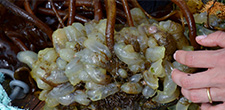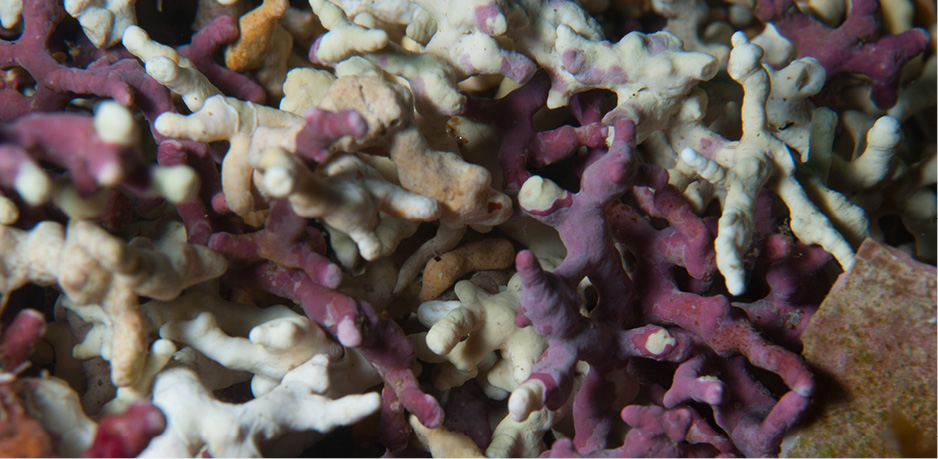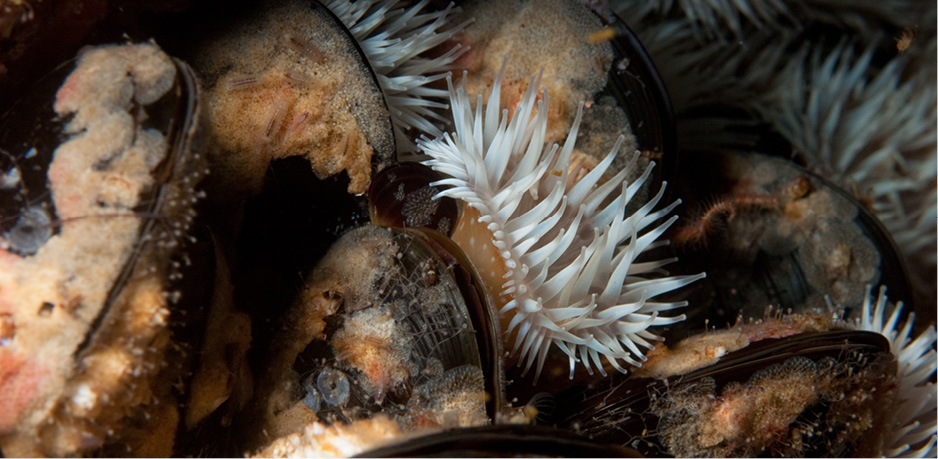Non-Native Species in Shetland
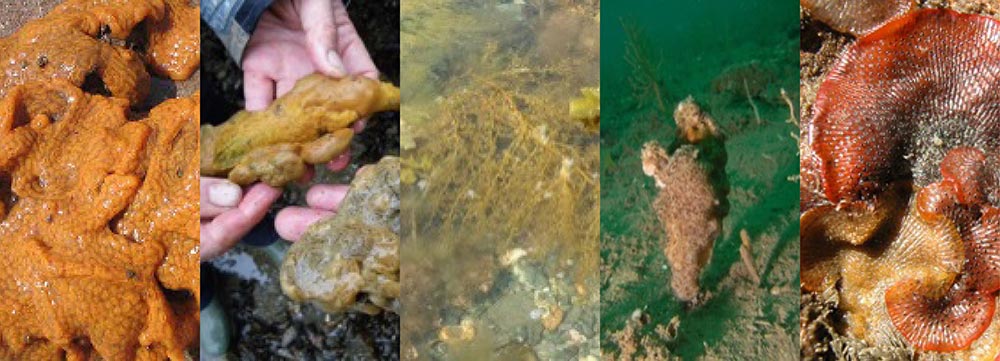
What are non-native species?
Non-native species are animals or plants that have been introduced to Scotland by man's activities, either accidentally or intentionally. Some non-native species do not cause any impact on the marine environment but others have the potential to cause economic or environmental impacts in Shetland and are classed as Invasive Non-native Species.
What are climate change indicator species?
These are plants and animals that are spreading north as the changing climate warms the sea. If found, they may indicate that the climate is changing.
Where do they grow?
Non-native species often prefer to grow on man-made surfaces, and will foul boat hulls, ropes, buoys and other structures. Many will also grow on other plants and animals, including mussels. The climate change indicator species live along the shore and in rock-pools, as well as on man-made structures.
Potential impacts from Invasive Non-native Species
Several introduced species can cause problems for aquaculture and fisheries, including the Carpet Sea Squirt, which is also known by the less attractive name ‘marine vomit’. Originally from Japan, it has now been found in Stavanger Harbour, Norway and Largs in the Firth of Clyde, Scotland. It is very fast spreading and has been causing problems for the shellfish industry by smothering oyster beds and farmed mussels.
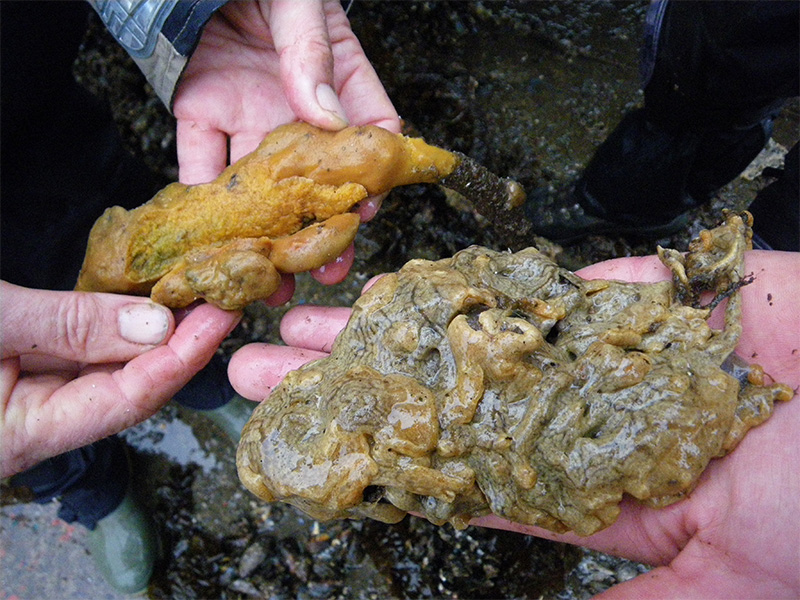
Carpet Sea Squirt (Didemnum vexillum) (c) Chris Beveridge (SAMS)
Another introduced species that has been causing problems in the UK is the algae Wireweed, which is spreading up the west coast of Scotland as far as the Orkney Isles. It can become a nuisance in ports and marinas, and around beaches as it grows rapidly, clogging waterways and fouling structures and boats.
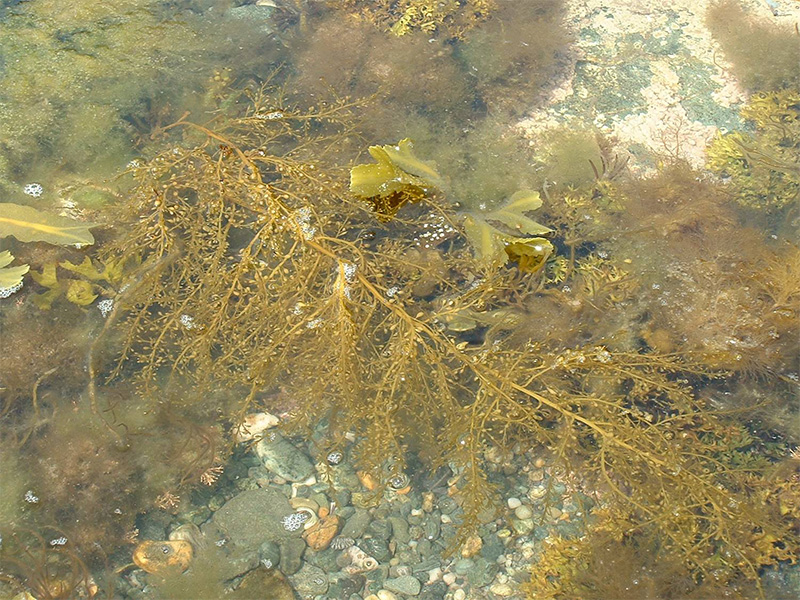
Wireweed (Sargassum muticum) Paul Brazier (CCW) (c) Crown Copyright 2009
Download our Non-native Species Guide
To find out more about the non-native and indicator species and how to record any sightings, download our identification guide below:
What you can do to help
If you are a marine user, you can help minimise the spread of non-native species by following good practice guidance such as keeping boats, structures and equipment clean and free from fouling. You can also get involved in helping to monitor for non-native and indicator species.
Find out more on the ‘’ pages of the Shetland UHI website. Or get involved with marine monitoring with the Shetland Community Wildlife Group.
